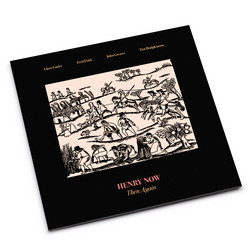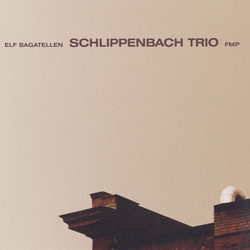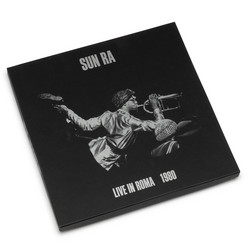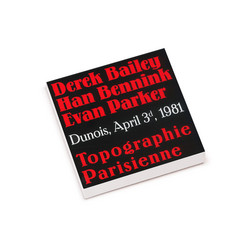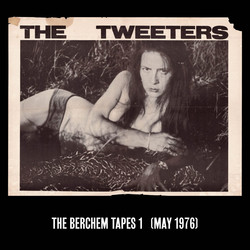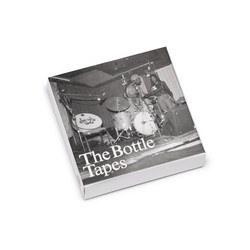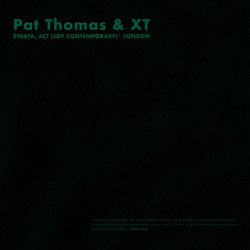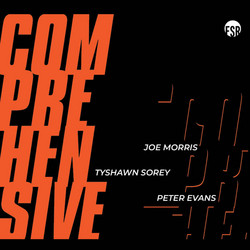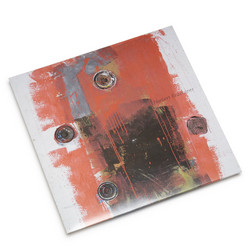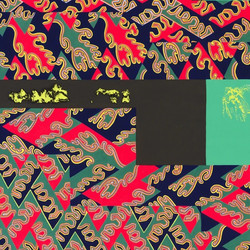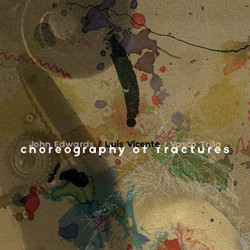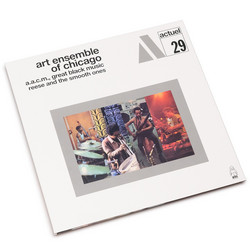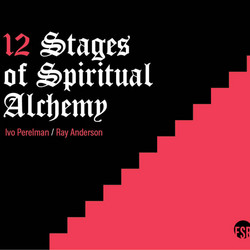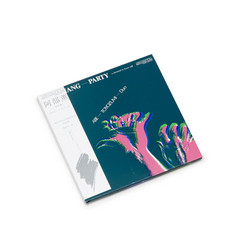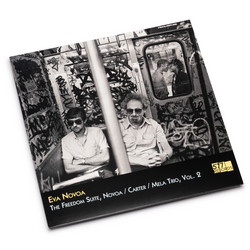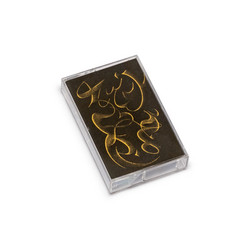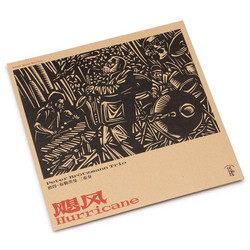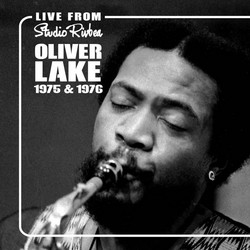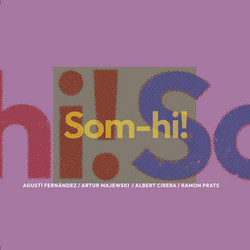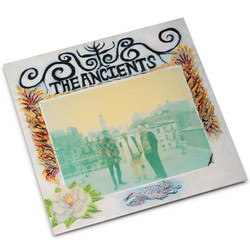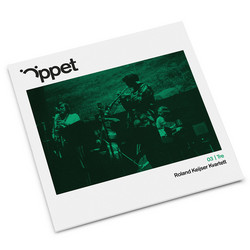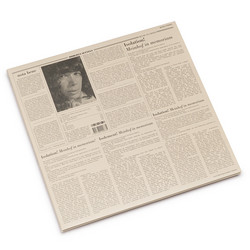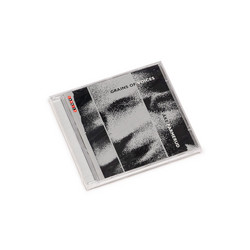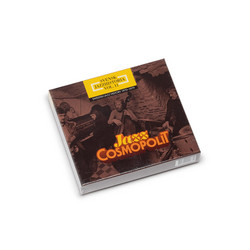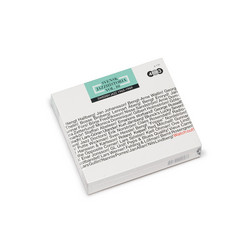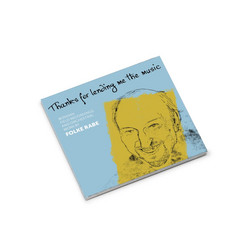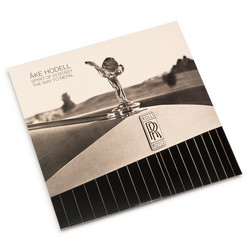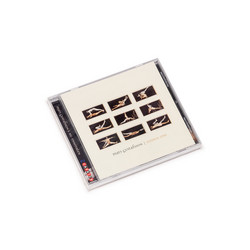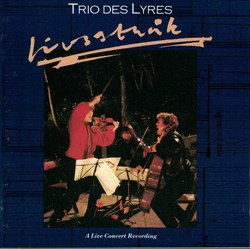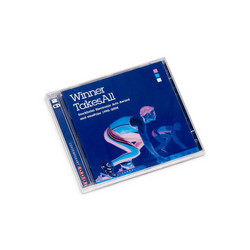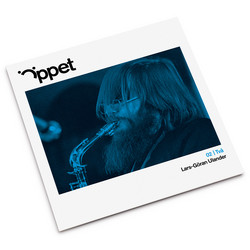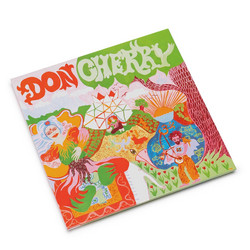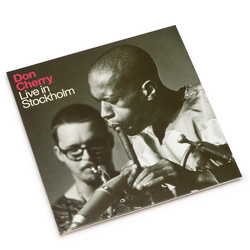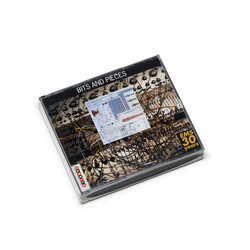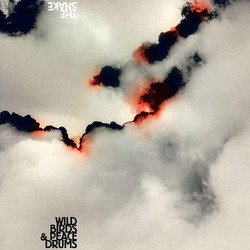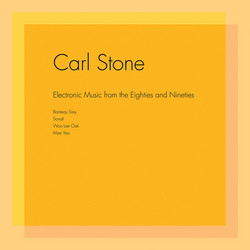Stellar Tip! Previously unreleased recordings of one of Sweden's most legendary jazz groups. A raucous and energic set of free jazz from the vibrant Swedish scene of the mid '60s – a perfect match for the groundbreaking German scene of the FMP generation! Quoting Jim O'Rourke from the hype sticker: “Someone quadruple booked the same session, because the music on this record is at the crossroads where FMP, Faust, The Insect Trust, and Catherine Ribiero met, but we know that road was never built. Nisse Sandström must have found the blueprints for the future, because he built that road.”
Under the moniker Öppet, Caprice presents a relatively underexplored period in Swedish creative and experimental music, from 1965-75. In Sweden in the late 1960s and early 1970s there was a very rich period of music, everything from free jazz to word music. What’s odd is that not many of these groups got to be released on record, despite all the ongoing live gigs. Fortunately, some of the recordings was saved and it is some of these recordings that Caprice, in collaboration with musician Mats Gustafsson and Roger Bergner of the Center for Swedish Folk Music and Jazz Research, have been researching in hope of presenting long unheard music anew.
“Many experiments and ambitious attempts to fashion musical fusions were never released; it was often felt – in line with the ideological spirit of the age – that releasing music on a profit-making label constituted a commercial gesture. The music was essentially free – for the people, by the people, to the people. Thus, an extremely small amount of creative music was released in the form of audio recordings during this period. The recordings were mothballed, filed away in archives. This was, for music, an extremely important period in which many ideas and experiments were initiated and completed, but never followed up, deepened. This era is still a blind spot on the international music map”, says Mats Gustafsson.
And again: “There is no better way to open this series of albums than with the Nisse Sandström Group. They blazed a trail leading to radical, hitherto-unknown openings and perspectives in a context in which psychedelic rock, free jazz and the classical music of the day could meet. The group was active for many years and succeeded in forging a collective approach to playing in which each member was free at every moment – but what was common to the group was that the ensemble was top priority, superordinate to soloist contributions. Evocative, open, radical. It feels like pure magic to listen, more than a half century later, to this wonderful, free, creative collective music.”

